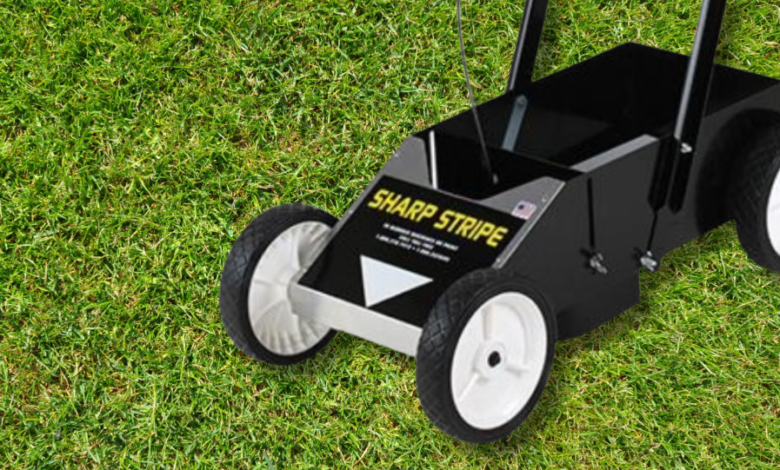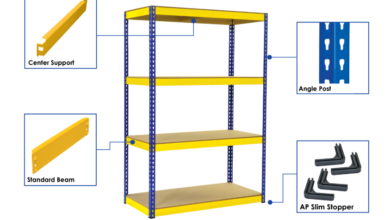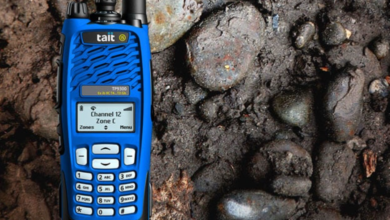Choosing the Right Striping Machine: A Comprehensive Guide

Whether you’re managing an athletic facility, organizing a large event, or overseeing parking lot maintenance, having the right equipment for line marking can significantly impact the quality and efficiency of your work. A professional-grade striping machine offers consistent results, saves time, and ensures clean, crisp lines. Choosing the appropriate model requires considering surface type, usage frequency, paint compatibility, and ease of operation.
With so many options available, taking the time to compare features will help you make a confident decision that matches your unique needs.
Types of Striping Machines
There are several categories of striping machines, each suited to specific applications. Aerosol strippers are typically lightweight and ideal for smaller jobs or temporary markings. These are especially convenient for quick set-up and easy clean-up. On the other hand, airless spray machines are preferred for larger projects such as athletic fields and commercial lots due to their high-pressure systems and professional finish. Walk-behind models are great for tighter spaces and detailed work, while ride-on machines are better suited for high-volume jobs requiring long, continuous lines. Some machines also offer multi-canister setups for extended use without frequent reloads.
See also: A Complete Guide to Intrinsically Safe Radios and Communication Technology
Features That Impact Precision
The quality of your striping depends heavily on the design and control features of the machine. High-performance strippers come equipped with adjustable line widths, steady wheelbases, and ergonomic handles. These features ensure accuracy even on uneven terrain or when navigating curves. Paint delivery systems also vary. Some machines allow for adjustable spray pressure and nozzle control, which enhances paint coverage and limits overspray. Before purchasing, it’s important to understand how to choose the right paint striping machine based on your desired line quality and operating environment.
Long-Term Maintenance and Care
Like any precision tool, striping machines require routine maintenance to remain effective. Operators should clean the paint system after each use, regularly check nozzles for clogs, and inspect wheels for wear. Machines designed with easy-access maintenance points save time and reduce downtime. Paying attention to manufacturers’ recommendations on lubrication and part replacements also helps extend machine life. Understanding key maintenance tips for long-lasting striping machines can make a significant difference in performance over time, especially in demanding or dusty environments.
Cost Considerations and Return on Investment
While budget plays a role in any purchase, it’s crucial to evaluate total value rather than just the sticker price. Entry-level machines may work for occasional marking needs, but professionals should consider durability, warranty coverage, and replacement part availability. Machines with dual-scan holders or larger paint reservoirs may cost more initially but reduce downtime and improve project turnaround. Think long-term when evaluating efficiency; better equipment can often pay for itself in labor and material savings over time.
Portability and User Comfort
Ergonomic design is especially important for those who operate striping machines for extended periods. Features like padded grips, height-adjustable handles, and easy-push wheels reduce fatigue and improve user control. Compact or foldable frames also offer portability advantages, especially for contractors who work at multiple job sites. Transporting and storing your machine should be straightforward. Machines that can be disassembled or collapsed without tools offer an extra level of convenience and are ideal for teams working with limited space.
Versatility Across Surfaces
One often overlooked factor is surface compatibility. Some striping machines are best suited for grass or turf, while others are designed for pavement or warehouse floors. Selecting a machine that performs well across multiple surface types can increase its utility and value. Additionally, some models allow you to switch between paint types, such as water-based or solvent-based, offering flexibility depending on environmental conditions and project goals.
Conclusion
Finding the right striping machine means understanding your job requirements, assessing surface conditions, and comparing long-term value across different models. Factors like spray control, ergonomic design, paint capacity, and ease of maintenance all contribute to the overall effectiveness of the machine. Taking time to evaluate these aspects will lead to better performance, cleaner results, and smoother experience for both operator and end-user.





